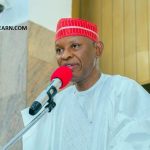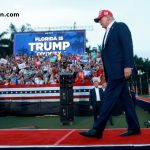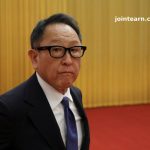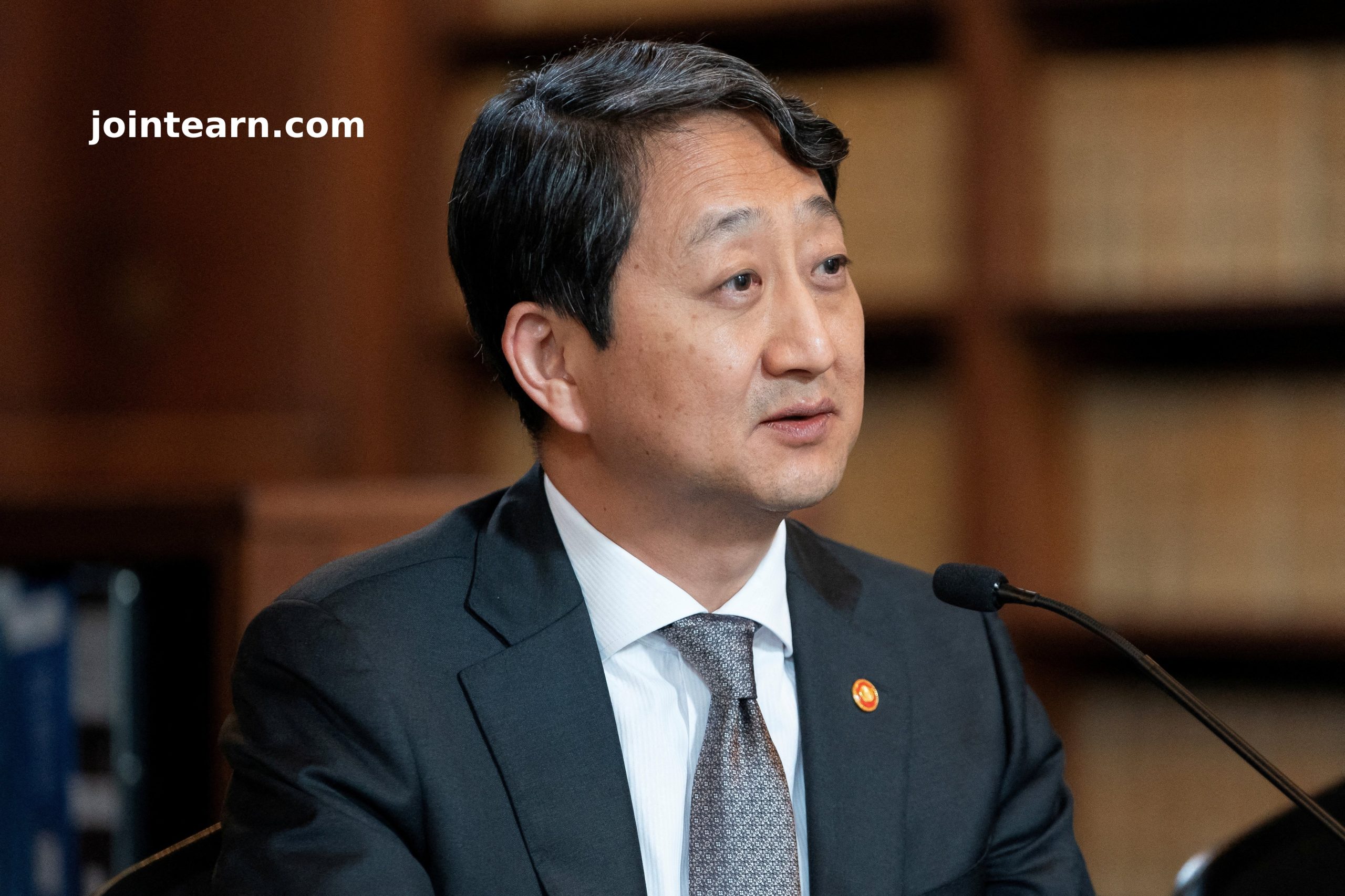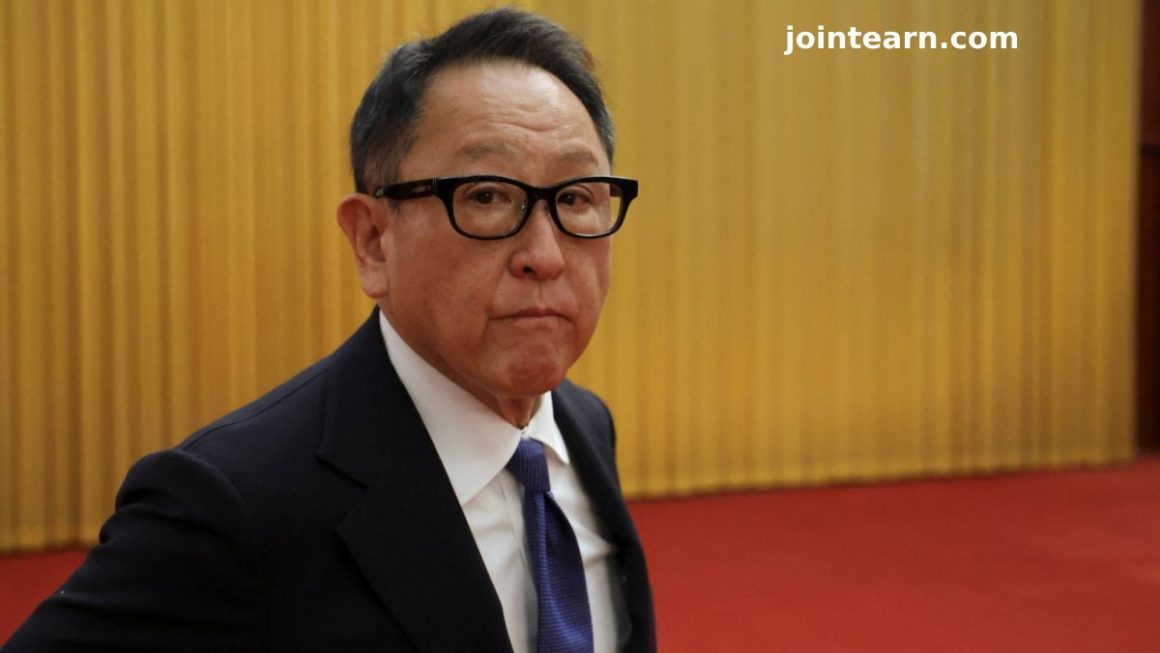South Korea is set to move carefully as it enters critical trade negotiations with the United States, according to Industry Minister Ahn Duk-geun. Speaking to reporters after returning from Washington, Ahn emphasized that Seoul will approach the U.S. trade talks “calmly and cautiously.”
While the initial discussions in Washington were described as “off to a good start,” Ahn said South Korea will closely monitor developments between the U.S. and other nations during ongoing negotiations.
“This (coming) week, working-level talks will kick off during which a specific working group will be confirmed,” Ahn stated, signaling a structured approach to the next phase of discussions.
South Korea aims to continue consultations with the United States until early July, with a primary goal of securing tariff exemptions before the temporary halt on reciprocal tariffs expires.
South Korea and U.S. Targeting Early Tariff Resolution
Following the first round of trade talks in Washington, South Korea and the U.S. agreed to work together to craft a package of deals focused on removing new U.S. tariffs. This collaboration aims to avoid disruptions when the pause on reciprocal tariffs ends mid-year.
During their visit, Minister Ahn and South Korea’s Finance Minister Choi Sang-mok met with U.S. Treasury Secretary Scott Bessent and U.S. Trade Representative Jamieson Greer. The high-level discussions were described as “productive,” with both sides stressing the need for expedient and meaningful progress toward achieving reciprocal and balanced trade between the two nations.
According to a statement from Greer’s office, the meeting highlighted a shared commitment to finding mutually beneficial trade solutions swiftly.
Looking Ahead
As the South Korea-U.S. trade talks progress, both governments are expected to finalize specific working groups and action plans over the coming weeks. Seoul’s cautious yet strategic approach reflects its focus on maintaining a strong economic relationship with the U.S. while protecting its key industries from potential tariff impacts.
